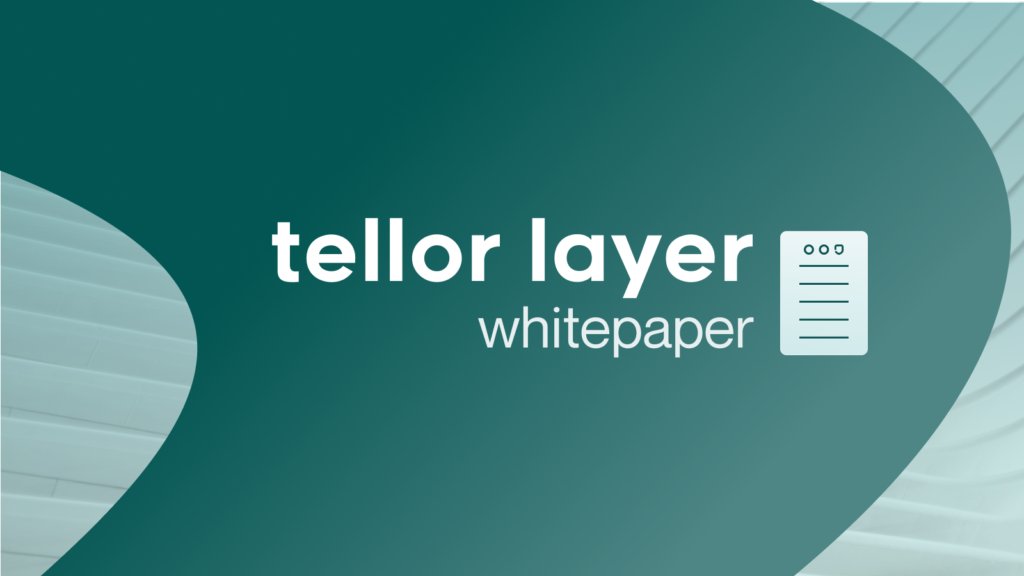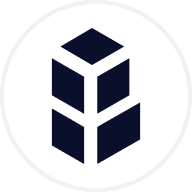Tellor (TRB) este un proiect unic în lumea dinamică a criptomonedelor, care se concentrează pe oracole descentralizate și transmisie de date de încredere pentru ecosistemele blockchain. Abordarea sa inovatoare și infrastructura puternică au poziționat Tellor ca un jucător esențial, oferind fluxuri de date precise și inviolabile pentru aplicații descentralizate (dApp-uri) și contracte inteligente.
Ce este Tellor?
Tellor este o platformă Oracle descentralizată dezvoltată pe blockchain-ul Ethereum. Oracolele unesc datele on-chain și off-chain, oferind informații externe contractelor inteligente. Scopul principal al Tellor este de a facilita accesul securizat la date de înaltă calitate, fără încredere pentru dApp-uri. Printr-o rețea de mineri independenți, Tellor asigură acuratețea, fiabilitatea și rezistența la manipularea datelor sale.
Echipa Tellor
Proiectul Tellor a fost fondat de Brendan Coburn și Nick Fett, care au identificat necesitatea unei soluții oracol descentralizate pentru a conduce extinderea ecosistemului blockchain. Cu o echipă de dezvoltatori calificați și pasionați de blockchain, Tellor a câștigat o recunoaștere considerabilă și a devenit o figură proeminentă în domeniul Oracle. Devotamentul echipei pentru transparență, securitate și implicarea activă a comunității a fost crucial pentru realizările proiectului.
Cum funcționează Tellor?
Tellor utilizează un mecanism distinctiv de consens cunoscut sub numele de Proof of Work Oracle (PoWo), care încorporează atât caracteristici ale minării Proof of Work, cât și ale oracolelor descentralizate. În cadrul consensului PoW, minerii concurează pentru a rezolva puzzle-uri de calcul și pentru a trimite puncte de date contractului inteligent Tellor. Aceste puncte de date sunt apoi agregate, iar valoarea cea mai precisă este determinată și pusă la dispoziția dApp-urilor și a contractelor inteligente.
TRB: Tokenul nativ Tellor
TRB este tokenul utilitar nativ al ecosistemului Tellor, jucând un rol vital în guvernanța rețelei, încurajarea minerilor și accesarea fluxurilor de date. Deținătorii de TRB au putere de vot asupra actualizărilor sistemului, modificărilor parametrilor și îmbunătățirilor, asigurând un proces decizional descentralizat. În plus, TRB este folosit ca garanție pentru staking și participarea la mecanismul de consens, ceea ce sporește securitatea generală a rețelei.
Tokenomia Tellor
Tokenomia Tellor oferă o aprovizionare fixă de 2,4 milioane de tokeni TRB, concepuți pentru a încuraja participarea la rețea și pentru a menține un ecosistem sănătos. Minerii primesc tokeni TRB nou emiși ca recompense pentru furnizarea de date exacte, în timp ce deținătorii de tokeni își pot miza TRB pentru a participa la consens și a câștiga recompense suplimentare. Lipsa TRB și utilitatea acestuia în cadrul ecosistemului contribuie la propunerea sa de valoare.
Cazuri de utilizare a tokenilor Tellor
Tokenii TRB au mai multe cazuri de utilizare în ecosistemul Tellor. Ei acționează ca un instrument de guvernanță, permițând deținătorilor de tokeni să propună și să voteze deciziile critice. TRB este utilizat ca garanție pentru staking și participare la procesul de consens, îmbunătățire a securității rețelei și câștigare de recompense. Mai mult, acești tokeni pot fi folosiți pentru a accesa și abona la fluxuri de date, permițând dApp-urilor și contractelor inteligente să folosească informații de înaltă calitate și fiabile.
Distribuția tokenilor Tellor
Distribuția de tokeni TRB a urmat o abordare corectă de lansare, asigurând șanse egale participanților de a achiziționa tokeni. O parte din tokeni a fost alocată susținătorilor timpurii, consilierilor și echipei fondatoare. Tokenii rămași au fost eliberați treptat prin recompense de minare și eforturi de dezvoltare a ecosistemului.
Viitorul oracolelor descentralizate cu Tellor
Tellor este în fruntea revoluționării oracolelor descentralizate, dând putere aplicațiilor blockchain cu date fiabile din lumea reală. Prin soluția sa descentralizată Oracle, Tellor îmbunătățește eficiența și încrederea contractelor inteligente, oferind acces la date inviolabil pentru aplicațiile descentralizate. Cu o echipă dedicată, tehnologie inovatoare și un ecosistem de token robust, Tellor este gata să joace un rol esențial în modelarea viitorului finanțelor descentralizate și în stimularea adoptării pe scară largă a blockchain-ului.
























Rețele sociale